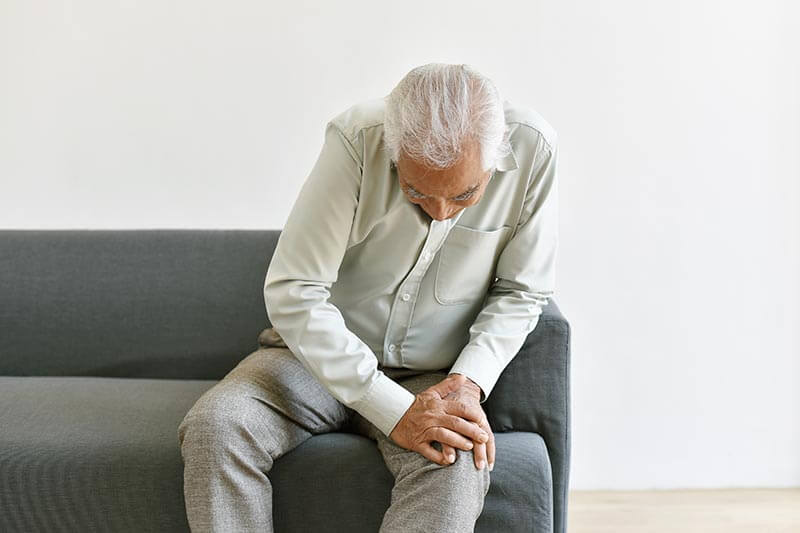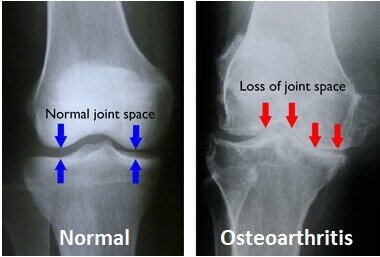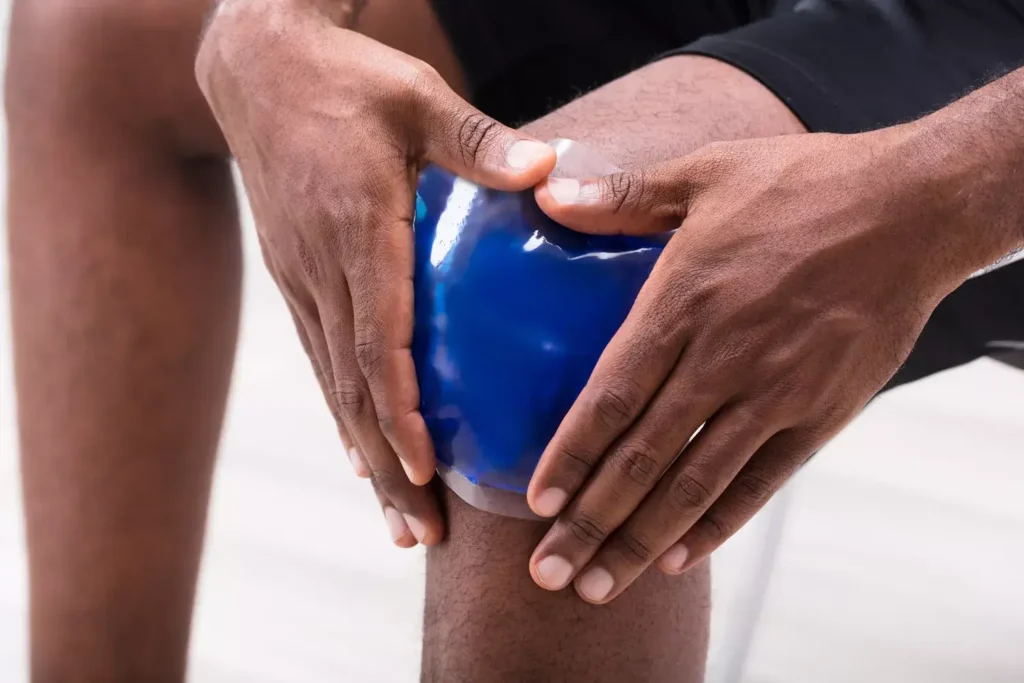A good night’s sleep is an essential component of the healing process, especially after undergoing knee arthroscopy. This minimally invasive surgical procedure is performed to address a variety of knee issues, from torn ligaments to damaged cartilage.

While the focus post-surgery is often on pain management, physical therapy, and a gradual return to normal activities, the importance of an appropriate sleeping position should not be underestimated. Restorative sleep plays a pivotal role in recovery, and selecting the best sleeping position after knee arthroscopy can significantly impact both comfort and healing.
Knee arthroscopy is a surgical technique that involves making small incisions and using a camera-equipped instrument to examine and repair the internal structures of the knee joint. Despite its minimally invasive nature, patients often experience discomfort and swelling following the procedure. This discomfort can make sleeping a challenging endeavor, as it’s essential to avoid putting unnecessary strain on the newly treated knee.
In this article, we will delve into the various factors to consider when choosing a sleeping position post-knee arthroscopy and provide valuable insights into the best practices that can help you achieve a restful night’s sleep while supporting your recovery journey.
The Role of Sleep in Postoperative Recovery
Sleep is a critical component of the body’s natural healing process. During deep and restorative sleep, the body repairs damaged tissues, reduces inflammation, and strengthens the immune system. It’s no surprise, then, that adequate and quality sleep is particularly important for individuals recovering from surgical procedures, such as knee arthroscopy. However, the discomfort and postoperative pain can often disrupt sleep patterns, leaving patients restless and fatigued.
Choosing the right sleeping position after knee arthroscopy can alleviate discomfort, reduce swelling, and promote a more peaceful night’s rest. In this article, we’ll explore some of the most recommended sleeping positions and strategies to enhance your postoperative recovery.
Factors to Consider
Before delving into specific sleeping positions, it’s essential to consider a few crucial factors that can influence your choice:
- Surgical Procedure and Affected Knee: The type of knee arthroscopy you underwent, as well as the specific knee that was operated on, can impact your ideal sleeping position. Discuss your surgeon’s recommendations and any restrictions with them.
- Pain and Swelling: Postoperative pain and swelling can vary from person to person. Your level of discomfort will determine which sleeping positions are most comfortable and accessible.
- Mobility: Limited mobility is a common issue immediately following knee arthroscopy. Be mindful of your ability to move and reposition yourself during the night, as this may affect the feasibility of certain sleeping positions.
- Comfort and Support: It’s crucial to prioritize both comfort and support when selecting a sleeping position. Discomfort can prevent you from getting a good night’s rest and can potentially slow down your recovery.
Recommended Sleeping Positions
1. Elevated Leg Position:
- This position is particularly suitable for reducing postoperative swelling. Prop up the surgical leg using a couple of pillows or cushions.
- Ensure your leg is adequately supported, with your knee slightly elevated above the heart level.
2. Back Sleeping with Support:
- Sleeping on your back is generally recommended as it minimizes pressure on the surgical knee.
- Place a pillow or cushion under your knee to provide support and relieve discomfort.
3. Side Sleeping with a Pillow:
- If you prefer sleeping on your side, ensure you support the surgical knee with a pillow between your legs. This helps maintain proper alignment and reduces pressure on the knee.
4. Reclined or Semi-Fowler’s Position:
- Some patients find sleeping in a reclined or semi-Fowler’s position, with their upper body and knees slightly elevated, to be comfortable. This can reduce swelling and discomfort.
Additional Tips for a Restful Night
In addition to choosing an appropriate sleeping position, there are several other tips that can enhance your postoperative sleep quality and overall recovery:
- Pain Management: Follow your prescribed pain management plan to ensure you are as comfortable as possible.
- Staying Active: Engage in gentle exercises and physical therapy to maintain mobility and prevent stiffness.
- Stress Reduction: Managing stress and anxiety through relaxation techniques can positively impact your sleep.
- Supportive Mattress and Pillows: A comfortable and supportive mattress and pillows can make a world of difference in your sleep quality.
- Consult with Your Surgeon: Always consult with your surgeon or healthcare provider before making any significant changes to your sleep position or routine.
In the following sections of this article, we will explore each recommended sleeping position in greater detail, along with helpful tips for making your recovery as smooth and comfortable as possible. Remember, sleep is not only essential for your physical recovery but also for your mental well-being during this challenging period. Making informed choices about your sleeping position can be a significant step towards a more comfortable and successful healing journey after knee arthroscopy.
Sleeping Positions in Detail
1. Elevated Leg Position:
Elevating your surgical leg can significantly reduce postoperative swelling and promote circulation. To achieve this position, follow these steps:
- Lie on your back with your surgical leg straight.
- Place one or more pillows or cushions under your heel and calf, raising your leg slightly above the heart level.
- Ensure your leg is adequately supported, and you feel comfortable.
2. Back Sleeping with Support:
Sleeping on your back is often recommended post-knee arthroscopy as it minimizes pressure on the surgical knee. Here’s how to maintain this position:
- Lie on your back with both legs extended.
- Slide a pillow or cushion under your surgical knee to provide support and alleviate discomfort.
- Make sure your head and neck are well-supported with a comfortable pillow.
3. Side Sleeping with a Pillow:
Side sleeping can be a preferred position for many individuals. To sleep on your side while protecting your surgical knee:
- Lay on your non-surgical side.
- Place a pillow between your legs, with your surgical knee resting on the pillow. This helps maintain proper knee alignment and reduces pressure.
4. Reclined or Semi-Fowler’s Position:
Some patients find sleeping in a semi-Fowler’s position, with their upper body and knees slightly elevated, to be comfortable. To achieve this position:
- Use an adjustable bed if available, or stack several pillows under your upper body and knees.
- Maintain a comfortable, slightly reclined position that minimizes pressure on your knee.
In conclusion, the choice of the best sleeping position after knee arthroscopy is a crucial aspect of your recovery journey. While every individual’s experience is unique, considering the factors mentioned, and adopting a suitable sleeping position will help you optimize your sleep quality, reduce discomfort, and promote a smoother rehabilitation process. Remember that healing takes time, and patience is essential. By following these recommendations and consulting with your healthcare team, you can ensure a more comfortable and successful recovery after knee arthroscopy. A good night’s sleep is a vital part of your healing journey, and taking the necessary steps to achieve it will contribute to your overall well-being.




